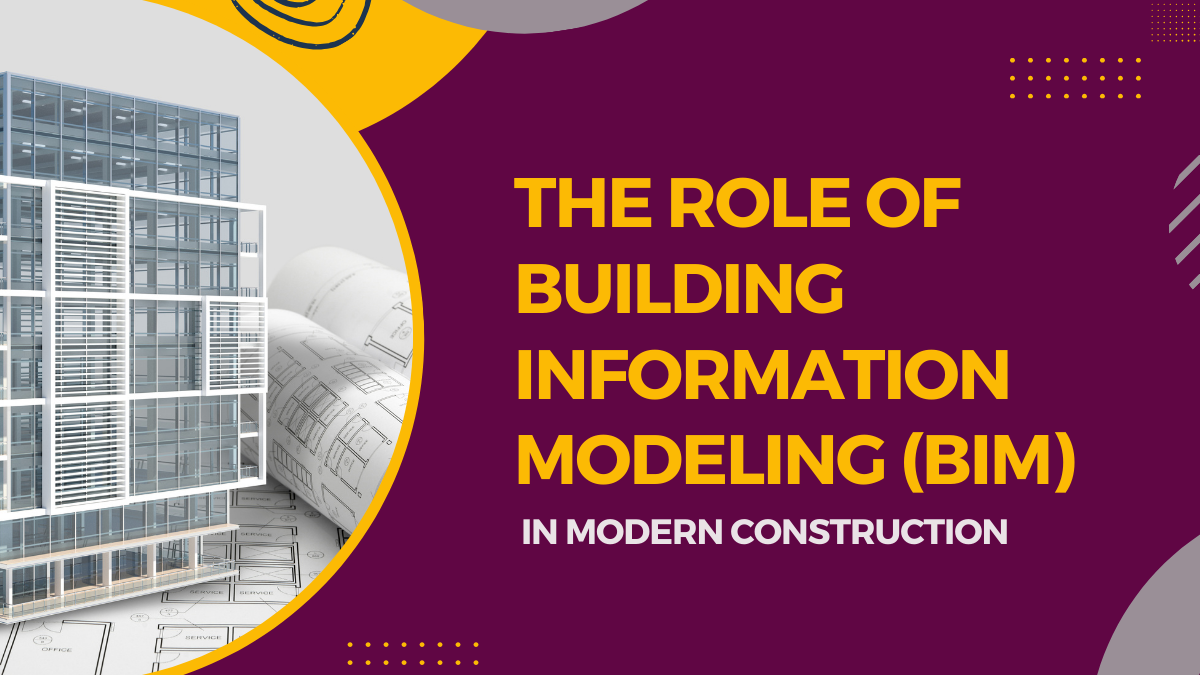
CONSTRUCTION BOOKKEEPING INSIGHTS / NOV. 1, 2024
Building Information Modeling (BIM) has revolutionized the way construction projects are planned, designed, and executed in the modern era. This innovative technology integrates 3D modeling with data-rich information to provide a comprehensive digital representation of a building or infrastructure project. In this article, we will explore the role of Building Information Modeling in modern construction practices, delving into its benefits, implementation strategies, software solutions, collaborative workflows, sustainability implications, challenges, and future trends. By understanding the significance of BIM in the construction industry, stakeholders can leverage its capabilities to drive efficiency, collaboration, and innovation in their projects.
It's not just about pretty 3D models; it's a digital twin of every nut and bolt in a construction project. BIM stands for Building Information Modeling. From its origins in the 1970s to its current status as a game-changer in the construction industry, BIM has evolved into a powerhouse of collaboration and efficiency. Components like parametric modeling, clash detection, and information sharing are the building blocks that make BIM shine.
BIM streamlines workflows, minimizes errors, and boosts efficiency, ultimately leading to cost savings and faster project delivery. Building Information Modeling (BIM) acts as the ultimate glue that brings various project stakeholders together. Architects, engineers, contractors, and clients can work collaboratively within the BIM environment, streamlining communication and fostering a shared understanding of the project requirements. BIM enables real-time collaboration and ensures everyone is on the same page.
Efficiency is the name of the game in modern construction, and BIM is the ultimate tool for optimizing resource usage and building performance. Through detailed analysis and simulation capabilities, BIM enables professionals to identify opportunities for energy efficiency, material optimization, and cost savings. By leveraging BIM, construction projects can achieve higher levels of performance while minimizing waste and maximizing resource efficiency.
Looking ahead, the impact of BIM on the construction industry is poised to be transformative. As BIM becomes more widely adopted and advanced technologies continue to evolve, the industry can expect to see higher levels of productivity, improved project outcomes, and accelerated innovation. BIM is not just a tool - it's a catalyst for change that is reshaping the way we design, construct, and build the world around us.
In conclusion, Building Information Modeling (BIM) stands as a cornerstone of modern construction, offering a wealth of advantages that enhance project outcomes and streamline workflows. As the industry continues to evolve, embracing BIM technologies and practices will be key to staying competitive, efficient, and sustainable. By overcoming challenges, fostering collaboration, and staying abreast of emerging trends, construction professionals can harness the full potential of BIM to shape the future of the built environment.

SHARE THIS
COMMENTS
